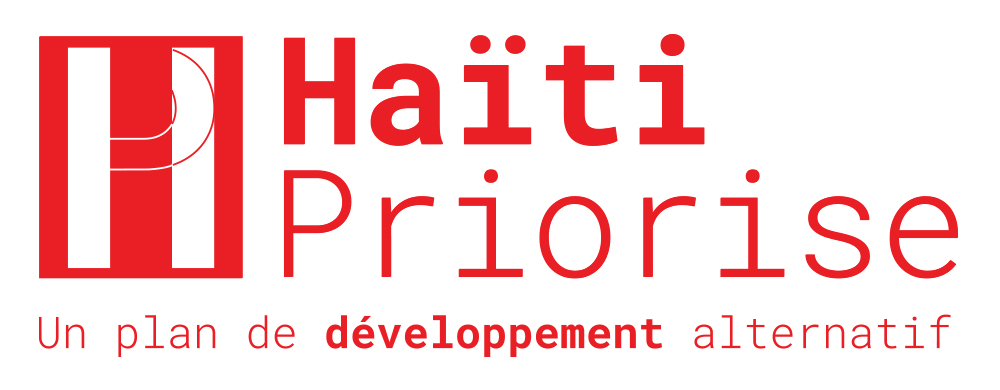Haïti Priorise: Education interventions, Rabbani
Description of the Problem
Investment in education is essential for Haiti to lift incomes and fight poverty. Children typically start primary school two years late. Fewer than 60 percent reach the last grade of primary school. Many children in school learn little. And nearly half of adults never attended school. Unemployment is high, especially among uneducated young people.
Solutions
- Two-Year Early Childhood Interventions at the Pre-Primary Phase
- Teaching children at the right level
- Conditional Cash Transfers for Secondary Level Children
Summary of the BCR
| Interventions | Benefits | Costs | BCR |
|---|---|---|---|
| Two-Year Early Childhood Interventions at the Pre-Primary Phase | 114.53 billion gourdes | 6.93 billion gourdes | 17 |
| Teaching children at the right level | 235.30 billion gourdes | 26.75 billion gourdes | 9 |
| Conditional Cash Transfer for Secondary Level Children | 88.7 billion gourdes | 16.4 billion gourdes | 5 |
All figures use a 5% discount rate
Two-Year Early Childhood Interventions at the Pre-Primary Phase
Early childhood education creates lifelong effects for the children who receive it. It lifts incomes substantially, decreases the chance of incarceration, and reduces the impact of negative things like nutritional deficiencies. The proposal is for a simple policy where Haitian children aged 4-5 years old at the pre-primary school level receive early childhood education for two years in small groups of 25. Each group requires two trained ECE facilitators along with a helper. Although called “education”, the intervention includes teacher-led activities involving toys and the development of social skills through games.
Costs
Currently, Haiti has about 516,000 children aged 4 and 5 years. It seems feasible to reach about half of this population, or around 258,000 children per year.
This would cost 5,500 gourdes ($79) per student per year. This intervention increases the chances that children will spend more time in schooling later, so we need to consider that cost, too. This gives us a total cost per year of 6.9 billion gourdes ($100 million).
Benefits
Based on a famous, long-term research experiment in Jamaica, there is good evidence that such a policy will lead to an increase of 35 percent in earnings for the children, from the age they start working at around 16. For someone earning today’s average of around 63,000 gourdes ($910), it would mean an additional 22,000 gourdes ($318) per year. For one cohort of children, that adds up to about 115 billion gourdes ($1.6 billion) in today’s money.
Teaching children at the right level
While it is important to start investing in education as early as possible, it is also important to continue the investment later. Haiti has made progress promoting school attendance. An important additional area of focus could be lifting the quality of primary education.
In Kenya and India, putting students into groups according to their learning level has improved performance.
This requires students to be tracked according to their achievement levels (as measured through, say, test scores in language or mathematics), grouped, and put into special classes alongside their regular classes..
Costs
The program would target about 870 thousand children in primary school.
The costs would add up to about 27 billion gourdes ($390 million).
Benefits
This is expected to lift incomes when children grow up, by about 12,000 gourdes ($170) a year, leading to benefits worth 235 billion gourdes ($3.3 billion). So every gourde spent would generate benefits worth nine gourdes.
Conditional Cash Transfers for Secondary Level Children
Using payments to parents to prevent their children dropping out of secondary school. These are known as ‘conditional cash transfers.’ Among the children who start sixth grade, only 30 percent eventually finish.
Costs
It would cost 8,300 gourdes ($120) per child to the poorest households, for students between the ages of 11 and 15, if they stay in school. The program would cost around 31,000 ($550) gourdes per child over five years, from both payments and extra schooling costs. For the complete program, the cost is 16 billion gourdes ($230 million).
Benefits
On average, this would lead to one extra year of schooling for each student, which means an income boost, along with the help to the poorest families. In total, the benefits are worth 5 gourdes for every gourde spent.

